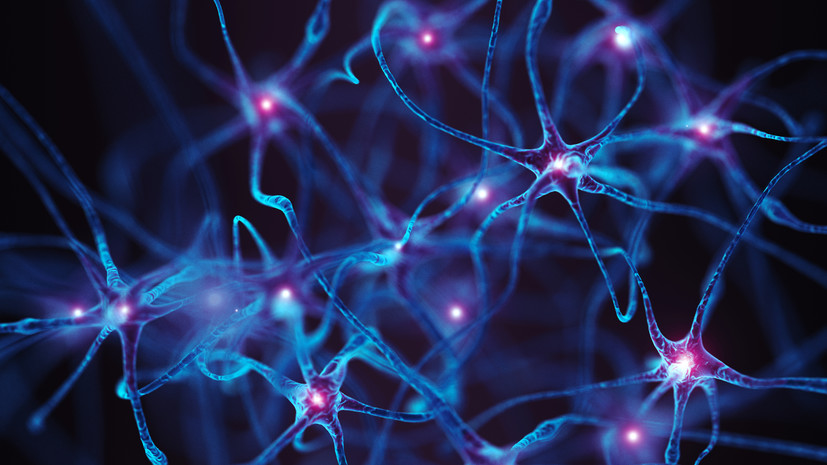Scientists from the Research School of Chemical and Biomedical Technologies of Tomsk Polytechnic University together with colleagues from Moscow State University.
Lomonosov and the Scientific Center for Biotechnology of the Russian Academy of Sciences have developed magnetic devices for restoring damaged nerve tissue after injury.
The invention can help patients with damage to peripheral nerves.
The press service of the Russian Ministry of Education and Science reported this to RT.
The research results were published in the journals ACS Applied Bio Materials and Materials Today Bio.
Let us remember that nerve damage is one of the most severe and common types of injuries, which is accompanied by disorders of motor and sensory function.
At the same time, restoration of damaged nerve tissue is a big problem due to low neuronal regeneration.
Today, such injuries can only be treated with surgery and nerve transplantation.
However, this method has a number of disadvantages: lack of donors, the need for repeated surgery, etc.
As an alternative, conduits—prostheses made of biocompatible materials that are implanted at the site of injury—are increasingly being proposed today.
They act as a support onto which the patient’s nerve tissue can grow.
Thus, over time, the body itself heals the injury, and the conduit gradually dissolves without causing harm.
Gettyimages.ru
The authors of the new study propose using not just biocompatible, but also electroactive materials to create such implants.
The fact is that dosed electrical stimulation accelerates tissue regeneration, including nerve tissue.
Scientists decided to use this effect to recover from injuries.
They created a conduit based on a polymer with piezoelectric properties.
In such materials, mechanical deformations are converted into electrical impulses.
The developed conductor has a highly porous microfiber structure that imitates the structure of the extracellular matrix of nerves.
It guides the growth of nerve tissue along the fibers and ensures the transport of nutrients and metabolic products to and from the nerve.
This material is not only biocompatible, it stimulates the processes of regeneration of nervous tissue.
“We supplemented the conductor with biocompatible magnetite nanoparticles, “wired” inside the fibers.
They, oscillating in a magnetic field inside polymer fibers, are capable of providing direct magnetomechanical stimulation of nervous tissue in an external magnetic field.
Also, in a magnetic field, magnetite mechanically affects the polymer, thereby activating the piezoelectric response,” Lada Shlapakova, a research engineer at the Research Center “Physical Materials Science and Composite Materials” at TPU, told RT.
A conduit is a hollow tube that is implanted into the area of injury.
During the operation, the ends of the damaged nerve are inserted into the device, which is subsequently restored.
Then the conduit dissolves in the body and only the restored nerve remains.
Gettyimages.ru
Scientists conducted laboratory experiments in vitro and in vivo - on cell culture and on rats.
The experiments were successful - nerve conduction in the tissues of rodents was restored.
“The neural network is highly sensitive to external electric fields; we believe that recreating a normal electrical environment through implantation of an electroactive biomaterial provides effective therapy for damage to peripheral nerves,” said Maria Surmeneva, leading researcher at the research center “Physical Materials Science and Composite Materials” at TPU.
In the future, scientists plan to improve the fibrous structure of conduits, improve their physicochemical properties and optimize wireless methods of electrical stimulation.

